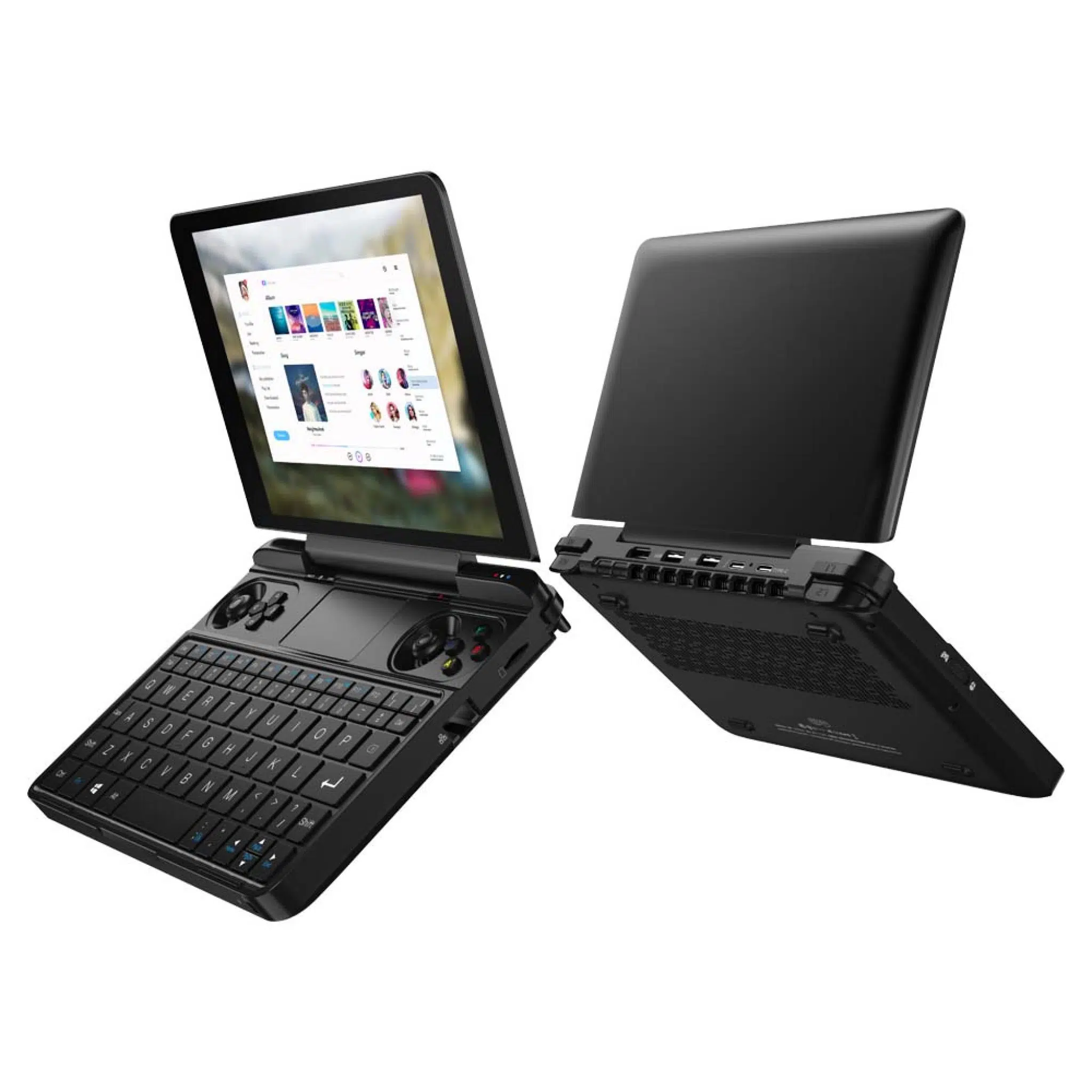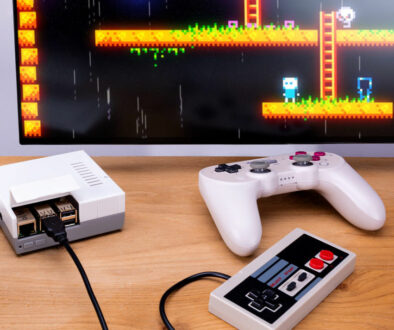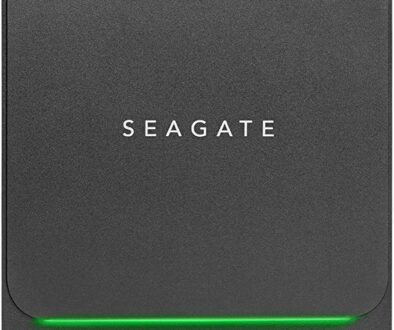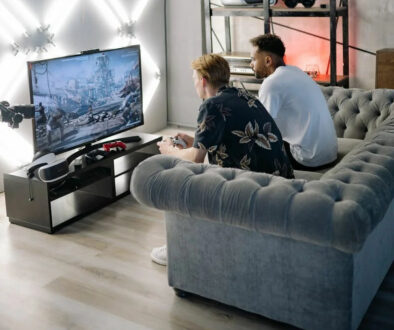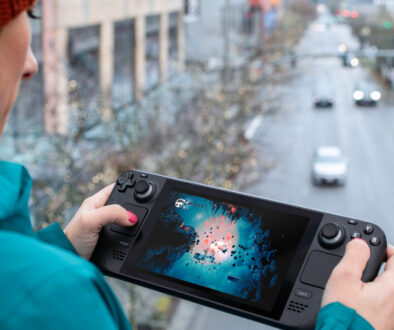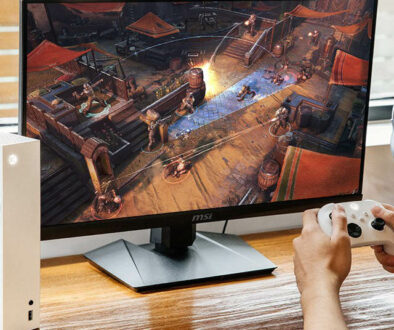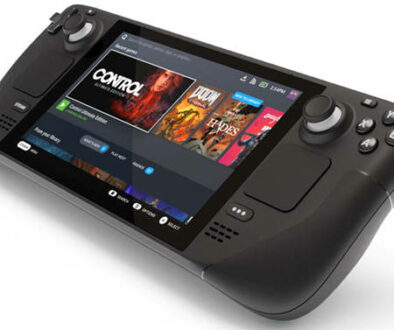Best Handheld Gaming PCs: Full Computers as Portable Game Consoles
Handheld gaming PCs are a weird bunch, at least when it comes to classifying them as a piece of consumer hardware. For the most part, we define something as a “handheld PC” when it is built to run a full desktop/laptop operating system in mind. This means either using traditional Intel or AMD CPUs, or configuring the product to freely install Windows or Linux without any hassles despite its gaming console-like form factor. That last part is what this new generation of handheld gaming PCs are about, portable computers that fit in your hands.
As for price… there is a reason why they are usually classified as niche enthusiast products. You won’t exactly be purchasing these things to get something cheap that you can fiddle with. It is an investment in itself and one would only consider it if they wish to make the most gaming on the go, especially on a portable gaming console based on PC components. Think of it as Nintendo Switch on steroids. But, should you do become interested, we have a good list that you can start with below.
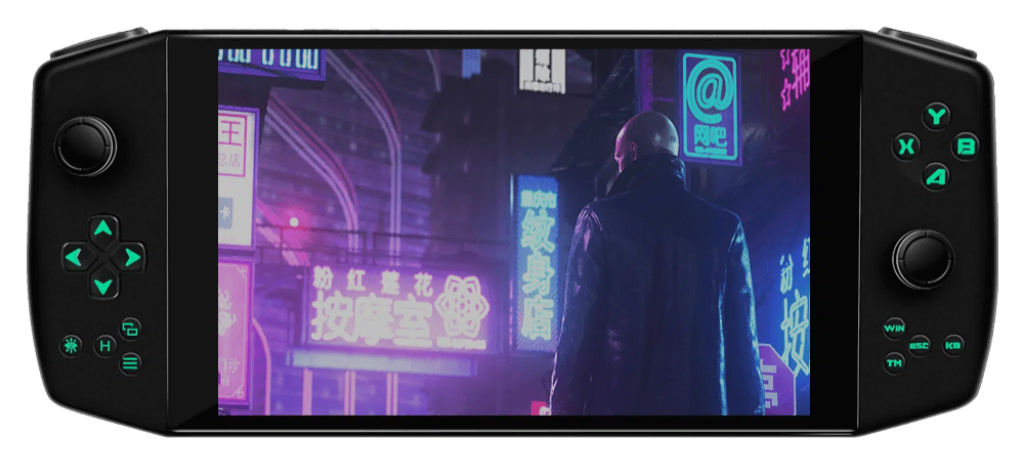
Handheld Gaming PC Overview
Back in the late 80s and 90s Handheld PCs or HPCs for short are oversized Personal Digital Assistants (PDAs) with screen and keyboard. When held with both hands, you can just about thumb type. Although there are smaller devices called the Palmtop PCs that sits between this and the Pocket PC. These are sold as PC companions, a separate device running a basic operating systems such as Windows CE, Windows Mobile, Windows Embedded Compact.
Fast forward to today, these devices have long been replaced by more powerful and widely available smartphones and tablets. The Handheld PC idea while novel at that time, just did not have the right operating system, applications and connectivity to make it a success. Today however, things are very different. Mobile devices today have reliable connections, easy to use operating systems, great battery life, powerful hardware, touch and sometime even stylus interface and beautiful displays.
With further advances in the mobile technologies especially with more powerful and ultra efficient components and driven by demands from PC enthusiasts, the Handheld PC is given yet another chance at a comeback. This time, it uses more laptop components than specialist parts and runs the stable Windows or Linux OS. They also take on a more netbook or gaming console like profile. The new generation of Handheld PCs are more gamer centric offering PC enthusiasts a chance to own a real portable PC. We look at seven such systems.
1. Aya Neo
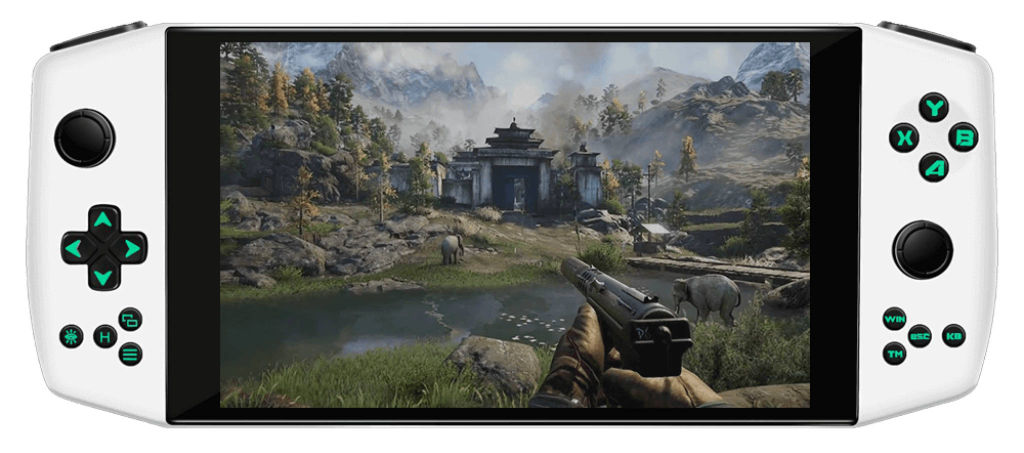
| Display | 7-inch 1280×800 IPS touchscreen |
| CPU | Ryzen 5 4500U 6C/6T 4.0Ghz boost |
| GPU | Radeon VEGA Graphics |
| RAM | 16GB LPDDR4X 4266Mhz |
| Storage | 512GB / 1TB NVMe SSD |
| Battery Life | 6.5 / 10.0 (Good Enough) |
| Ergonomics | 8.0 / 10.0 (Excellent) |
One of the most-hyped GDP Win competitors of early 2021, the Aya Neo was largely able to live up to its hype with specs that are… vaguely similar to a full-sized office laptop? And so as expected, just the Zen 2 Ryzen APU alone could live up to its name as it would in any other mobile device: by providing steady GTX 750 Ti levels of performance packed within a Nintendo Switch form factor. Since it has a complete Windows 10 OS, you can also simply plug it into a monitor if you intend to temporarily use it for more mundane applications such as word processing apps.
Even better? Thermal management is absolutely perfect, never even reaching close to 90 degrees Celsius even with the most demanding full PC titles. Fan noise is kinda not so good, but its technically inaudible with a louder volume setting or when using headphones.
2. Aya Neo Pro
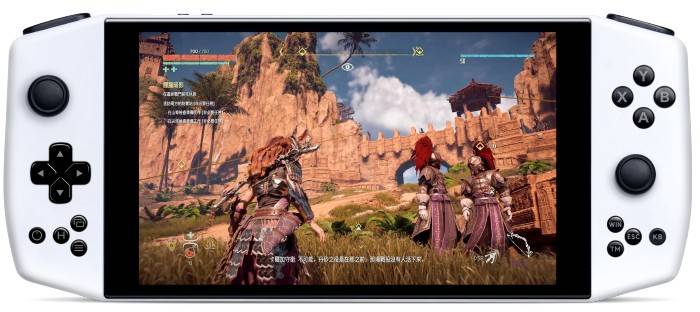
| Display | 7-inch 1280×800 IPS touchscreen |
| CPU | Ryzen 7 4800U 8C/16T 4.2Ghz boost |
| GPU | Radeon VEGA Graphics |
| RAM | 16GB LPDDR4X 4266Mhz |
| Storage | 1TB NVMe SSD |
| Battery Life | 6.0/10.0 (Good Enough) |
| Ergonomics | 8.0/10.0 (Excellent) |
Fresh off the announcement table just a few weeks ago, the Aya Neo Pro doesn’t waste time in improving the one thing that can expand its potential the most: its CPU. Now sporting a Ryzen 7 4800U (and still using the same 1280×800 IPS screen), it plows through even more full PC games with raw 8-core and 2000Mhz Radeon VEGA processing power. Well, don’t expect double FPS or anything. The experience would generally be just a smidge smoother, especially those that previously demanded better use of hyperthreading or SMT technologies, like the Assassin’s Creed series or Shadow of the Tomb Raider. Also, more space for more games with that generous 1TB NVMe SSD.
In fact, unlike already-venerable Ryzen 5 4500U, the added cores and threads mean that the Aya Neo Pro is even more suited than ever for game console emulators. Yes, and that includes emulating the very modern-ish console that this particular product is designed to be put up against.
3. GDP Win 3
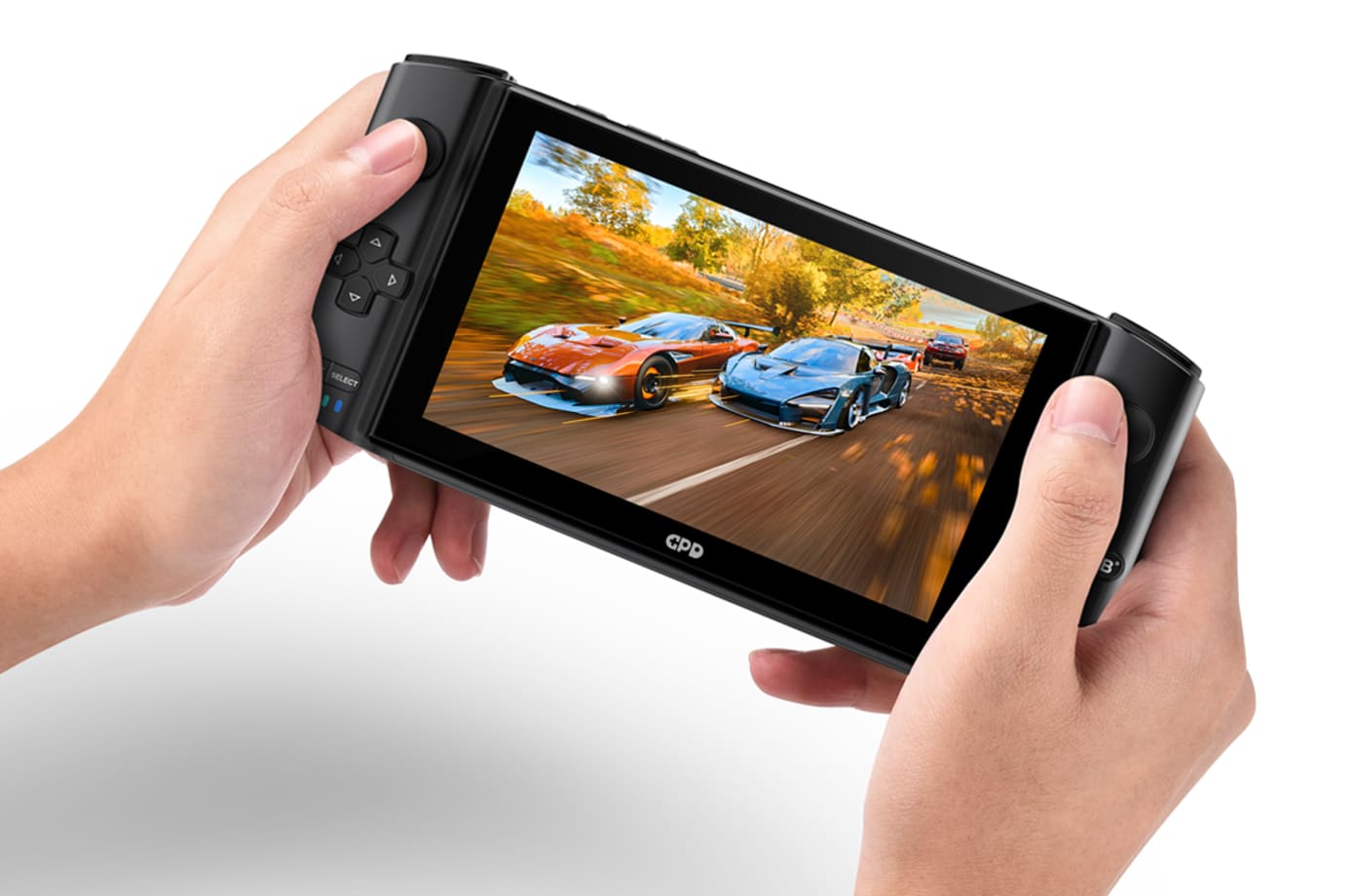
| Display | 5.5-inch 1280×720 IPS touchscreen |
| CPU | Intel Core i5-1135G7 4C/8T 4.2Ghz boost (default) |
| GPU | Intel Iris Xe Graphics (Tiger Lake) |
| RAM | 16GB LPDDR4X 4266Mhz |
| Storage | 1TB NVMe SSD |
| Battery Life | 7.5/10.0 (Great) |
| Ergonomics | 7.0/10.0 (Great) |
GDP Win has for several years proven itself as an innovative platform that showcases the possibilities of a full Windows platform in something that you can arguably put in your pocket (not Windows phone!). The legacy continues with Intel’s 11th Gen mobile Tiger Lake CPUs, which provide decently impressive graphics for casual gaming, though of course not as flexible as equivalent Ryzen APUs. You do get a choice of Intel Core i5-1135G7 or Intel Core i7-1165G7.
Ergonomics-wise, it did away with its traditional netbook-style profile and favoured a display that slides up reminiscent of Nokia candy bar mobile phone days. Though as a handheld console the feel and grip were a bit less stellar than the Aya Neo. At least we still get a full-sized keyboard (slide the screen up to reveal it), and the use of a universal dock, which plugs its single USB Type-C port to another USB Type-C, HDMI, 3x USB Type-A, and Ethernet port.
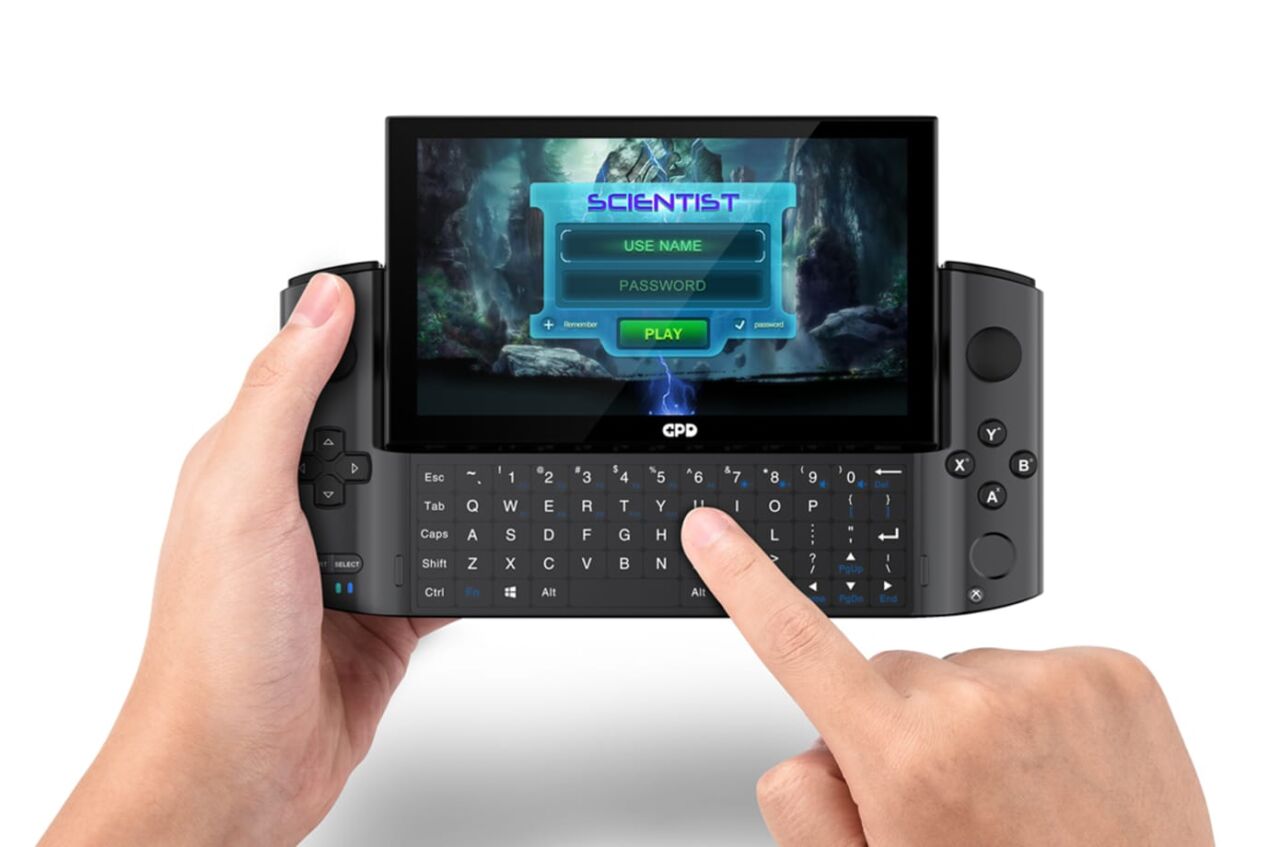
For heavy games with demanding titles, it’s no different than let’s say, a classic Playstation Vita, lasting about two hours. Anything less than that, though, and it can pretty much last the entire day.
4. GDP Win Max
| Display | 8-inch 1280×800 IPS touchscreen |
| CPU | Intel® Core™ i7-1195G7 / AMD Ryzen™ 7 4800U |
| GPU | Intel Iris Xe Graphics / AMD Radeon Graphics |
| RAM | 16GB LPDDR4 3200Mhz |
| Storage | 1TB PCI-E NVMe SSD |
| Battery Life | 8.0/10.0 (Excellent) |
| Ergonomics | 5.0/10.0 (Passable) |
For enthusiasts who still want the old micro clamshell design, last year’s GDP Win Max fills that need. Powered by a 10th Gen mobile CPU with an Iris Plus iGPU, its performance is kinda on the lower end compared to this list. But in its 2021 iteration, you now get a choice of Intel Core i7-1195G7 or AMD Ryzen 7 4800U. You will be able to play games like Skyrim and Overwatch using custom medium settings that are about 60 or so FPS without any problem. Anything older or less intensive, of course, would serve its portable purpose very well.
Back to the profile. You do get a bigger 8-inch display compared to 5.5-inch or 7-inch above. The base fits nicely in the palms when held with both hands and the location of the game pad controls makes it easy enough to manoeuvre with your thumbs. There is even a touchpad in the middle of the controls and triggers for your index fingers around the back.
5. One Gx 1 Pro
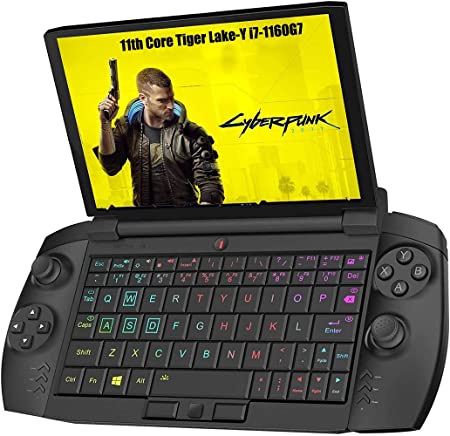
| Display | 7-inch 1920×1080 IPS touchscreen |
| CPU | Intel Core i7-1160G7 4C/8T 4.4Ghz boost |
| GPU | Intel Iris Xe Graphics (Tiger Lake) |
| RAM | 16GB LPDDR4X 4267Mhz |
| Storage | 512GB NVMe SSD |
| Battery Life | 7.0/10.0 (Great) |
| Ergonomics | 9.0/10.0 (Amazing) |
With a base performance equal to that of the GDP Win 3’s highest and most advanced offerings, the One Gx 1 Pro is set to make the most out of its lavishly premium price. That’s right, play almost anything that you want with a combination of low to medium 720p settings, and you can still expect to squeeze about 30 to 45 FPS out of every game, including the notorious Microsoft Flight Simulator. Maybe even crank it up to full 1080p HD with more classic titles. The screen allows for this.
To best the GDP Win 3 even further, the One Gx 1 Pro provides a wider grip on its side console buttons, bigger space for its keyboard, and (in our humble opinion) a more sensible clamshell design that doesn’t compromise your ability to type on such an awkward form factor. Battery life is also surprisingly great, though not really better than the GDPP Win Max.
6. ONEXPLAYER (AMD version)
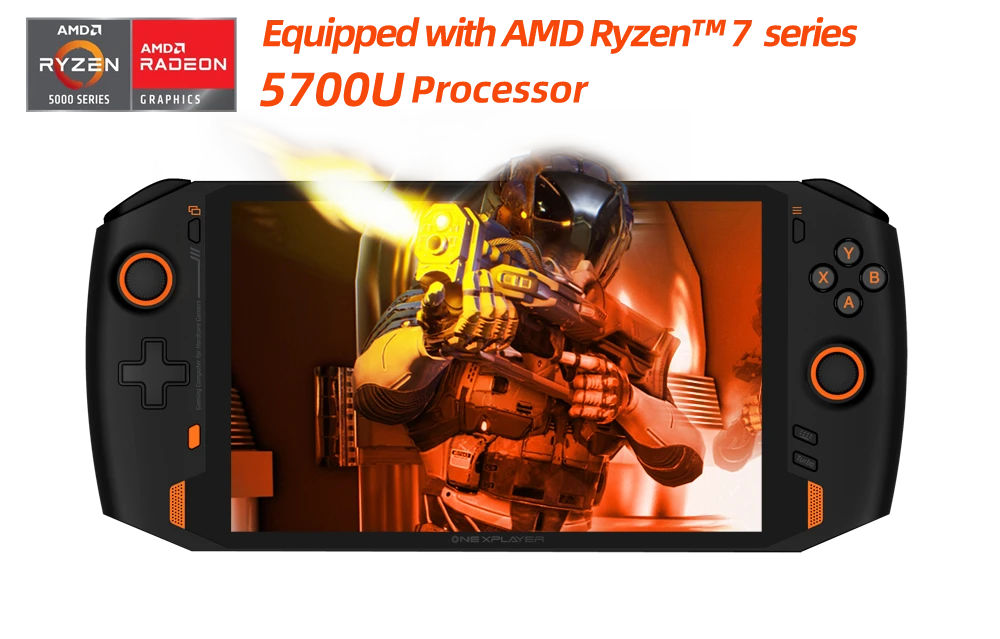
| Display | 8.4-inch 2560×1600 IPS touchscreen 2.5K |
| CPU | AMD Ryzen 7 5700U 8C/16T 4.3Ghz boost |
| GPU | Radeon VEGA Graphics |
| RAM | 16GB LPDDR4X 4266Mhz |
| Storage | 512GB/1TB NVMe SSD |
| Battery Life | 8.0/10.0 (Excellent) |
| Ergonomics | 8.0/10.0 (Excellent) |
If you still remember, some of the best Ryzen 7 laptops we featured this year were powered by a Ryzen 7 5700U, which is the Zen 2, but more production efficient “half-brother” of the also efficiency-optimised Ryzen 7 5800U. Well, that is the centerpiece of this magnificent machine. When paired with a reliable AMD CPU tuning software, it easily crushes that GTX 750 Ti/RX 560 threshold with its power-unhindered graphical performance in games that need to be played with respectable rates at such a portable form factor. Ergonomics uses pretty much the same formula as the Aya Neo, but is nonetheless part of its astonishing gaming package.
Naturally, with that amount of power, its max TDP has been significantly toned down by default, hence the need for an AMD CPU tuning software to amp up its potential. Out-of-the-box experience is still quite impressive though, and you might not even notice the need to push that iGPU to the utmost maximum in most modern games when geared at reasonable settings. Another thing you will notice is the big 8.4-inch packs plenty of pixels. At its native 2.5K resolution, it is the sharpest of all the displays here. You can of course still get the same console powered by AMD Ryzen 7 4800U APU at a lower price.
7. Steam Deck (Coming Soon!)
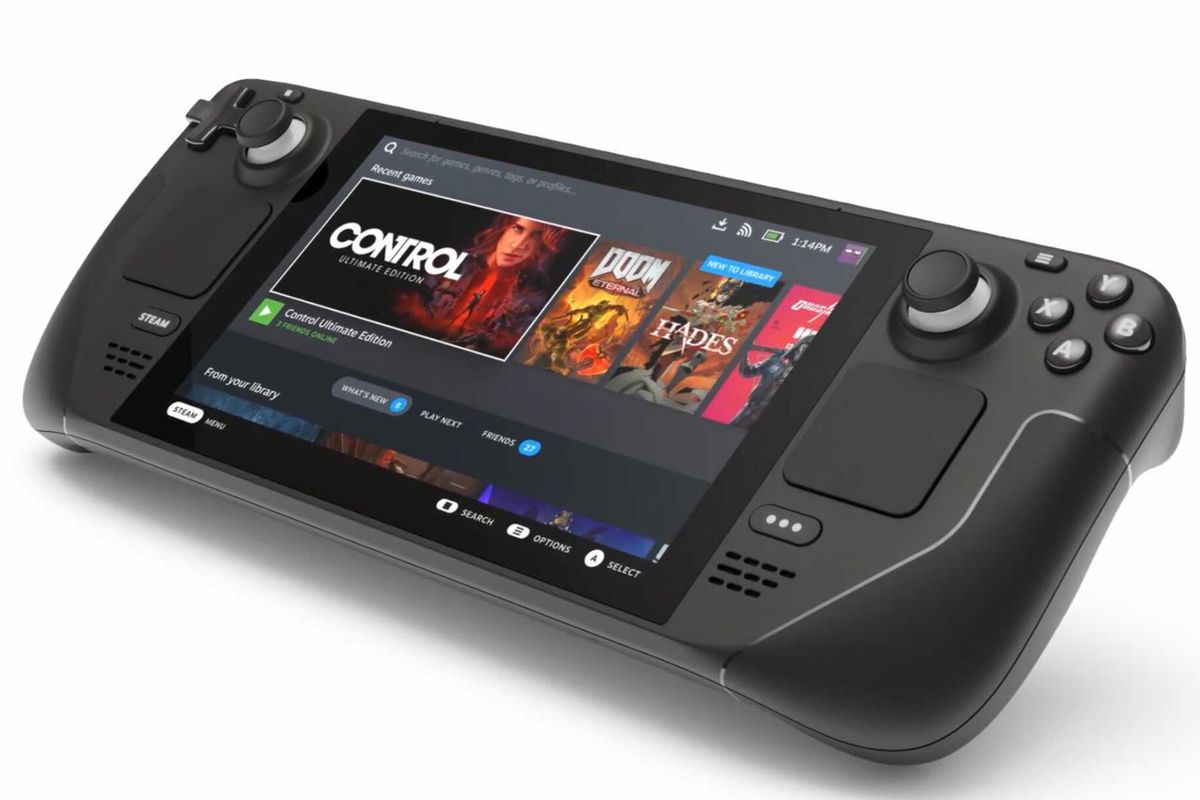
| Display | 7-inch 1280×800 IPS touchscreen |
| CPU | Custom AMD Zen 2 APU 4C/8T 3.5Ghz boost |
| GPU | Radeon RDNA2 Graphics |
| RAM | 16GB LPDDR5 5500Mhz |
| Storage | 64GB eMMC or 256GB/512GB NVMe SSD |
| Battery Life | TBC (still not confirmed officially) |
| Ergonomics | 8.0/10.0 (Excellent) |
At a quick glance, it seems that the Steam Deck doesn’t exactly present anything special or unique that could eclipse the Aya Neo or ONEXPLAYER. Even its rather wide and super ergonomic grip doesn’t really seem that much of a swaying point to convince people towards it. But, it has one very powerful ace up its sleeve:
8. ONEXPLAYER 1S
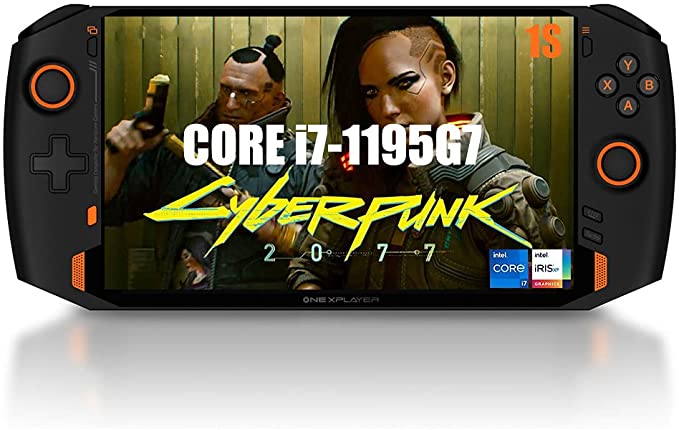
If you love the ONEXPLAYER AMD gaming handheld above, with its ultra sharp 2.5K resolution 8.4-inch fully laminated IPS LCD display, you are going to love the ONEXPLAYER 1S. They share the same chassis and display but the 1S is powered by Intel Core i7-1195G7 4C/8T processor instead. There is a slightly slower Intel Core i7-1165G7 but no matter which one you pick, you get the integrated Intel iRIS Xe Graphics 96EU, powerful integrated GPU that offer console like performance and is comparable to mx350 graphics.
If you can’t wait for the Steam Deck above and just want to get in on the handheld gaming PC action, the ONEXPLAYER 1S with its ability to use an external GPU via an enclosure, if you are that way inclined will be perfect for you. Even with the integrated GPU, it will run games League of Legends between 80 to 100fps and all emulators (PSP, Wii, PS1 and PS2) with no problems. Once you’ve got it, head over the Steam to download your games.
| Display | 8.4-inch 2560×1600 IPS touchscreen 2.5K |
| CPU | Intel Core i7-1195G7 or Intel Core i7-1165G7 |
| GPU | Intel iRIS Xe Graphics 96EU |
| RAM | 16GB LPDDR4X 4266Mhz |
| Storage | 1TB NVMe SSD |
| Battery Life | 8.0/10.0 (Excellent) |
| Ergonomics | 8.0/10.0 (Excellent) |
The fabled RDNA2-based integrated GPU.
Significantly more powerful and efficient per die space than the already old and beaten VEGA architecture, this “next-gen” iGPU promises not just being able to run the game, but to play the game at settings that you can normally find on a full-sized gaming PC. Well, the limitations are of course still there, but you can expect it to be far more impressive than VEGA + Zen 3 have already proven.
As for its availability, pre-orders are still pretty hectic as of today. With the release date being pushed back at least two times already, you’ll have to be prepared to wait for a significant amount of time before Valve gets to your particular batch.
